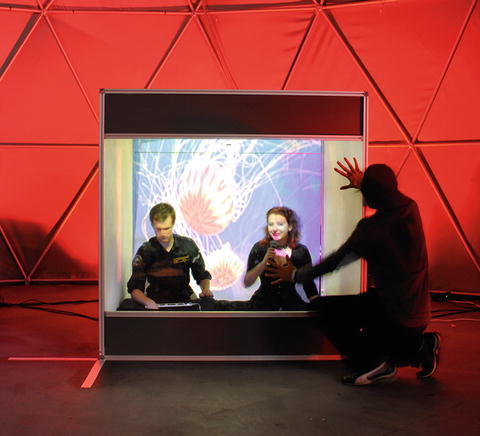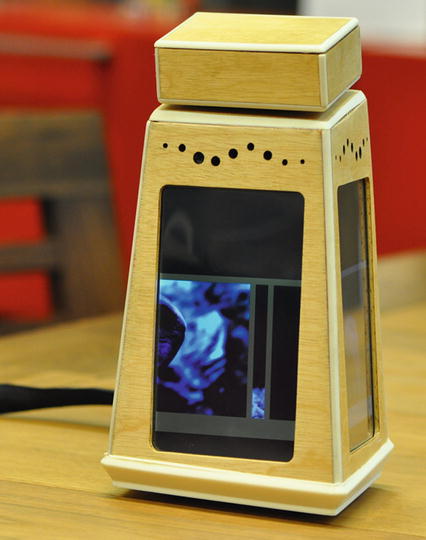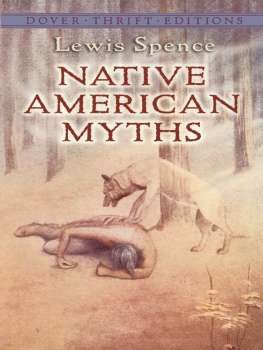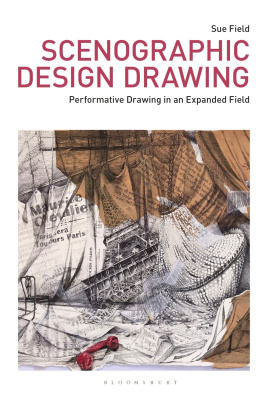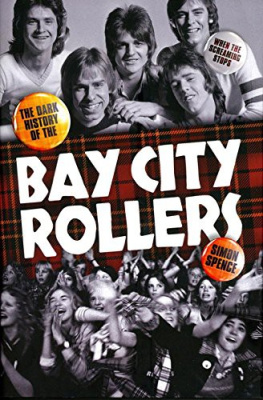The Scope of the Field
Performative Experience Design: three incredibly broad words that could mean almost anything you want them to mean. For decades now, every type of event from operas to basketball games to courtroom proceedings have been analysed using the tools of performance studies, a discipline with close but sometimes antagonistic connections to theatre and drama. Performativity can refer to the uttering of I do in a wedding ceremony (Austin , p. 11). Where did a term like Performative Experience Design come from, and how useful can it be?
This book sets out a clear remit for Performative Experience Design (PED) as a methodology, a field, and a framework for understanding interactions with technology in which the device, system, or situation creates an opportunity for the user to perform for others. Performance is not limited to the professional acting of roles on a stage, but the conscious display of behaviour that others might observe. In other words, PED directs our attention away from a technological device or even the users interaction with that device, towards the powerful internal and interpersonal shifts in perception that are brought about by displaying our interactions with technology and appearing to others as beings engaged with others through technology.
A hypothetical example: in the British television series How to Look Good Naked , which has inspired numerous spin-offs around the world, fashion guru Gok Wan leads people with a negative image of their bodies through a process of learning to dress in a way that emphasises their natural beauty. The culmination of each episode involves a nude or semi-nude photo session. One of those photoswith the person tastefully positioned so as to avoid breaking obscenity lawsis then projected onto the side of a building, and the object of the weeks confidence-building exercises embraces that newly attractive self-image in front of hundreds of passers-by, as well as the future viewing audience of friends, family, and a few million complete strangers. What if this display mechanism were set up to surprise people with their own semi-salacious photos? How would they react? How would you?
A real-world example: Humanaquarium is an interactive artwork with a glass screen that spectators can touch. Different gestures control different elements of the artwork, but these gestures are not explained anywhere. The only way to find out what happens is to try, or to watch others trying. Some people experiment readily but others are too shy to touch the artwork while other spectators are watching. So far, this description could apply to any number of interactive artworks over many years. However, in this case, the artwork included live human beingstwo musicians performing behind the glass, inches from the interacting participants, making eye contact and encouraging participation. Passers-by became participants, performers and collaborators. Clearly this is a radically different experience than simply touching the screen on an iPad in the privacy of your own homebut how can we articulate the difference, and how can we pursue it further? (Fig. )
Fig. 1.1
Performers behind the touchscreen glass of Humanaquarium (Image Cassim Ladha, courtesy of Robyn Taylor, used with permission)
A less artsy example: Five friends gather around the dinner table. A small, four-sided centrepiece catches their attention with photographs drawn automatically from their Facebook albums. As the images float from one screen to the next around the centrepiece, they foster free-flowing conversation and reminiscence around personal stories (Fig. ).
Fig. 1.2
4Photos (Photograph Martijn ten Bhmer, used with permission)
The display is called 4Photos (ten Bhmer et al. , pp. 5758). The talk was highly interactive and depended upon seating position and the ongoing flow of conversation. Hence much of the analysis focuses on spatio-temporal arrangements, dynamics of use, and the moment-by-moment access to displayed media. 4Photos calls attention to the need for careful design of both media content and media player in conversational settings, and a sensitivity to the experiential effects of mediated encounters that unfold over time. It facilitates reminiscing and storytelling encounters that allow people to express themselves as much as they wish and discover unexpected new levels of intimacy and participation.
The perspective of this book lies within human-computer interaction (HCI), interaction design, and experience design. Performance studies can inform experience design in ways that usefullyand criticallyextend the field. The argument is that performance provides a lens for understanding and designing for the emotionally and aesthetically powerful interactions that involve perceptions of engagement with digital technology. However, that is only half of the argument, as I believe that HCI and experience design have a lot to offer performance studies, as well. In fact, PED goes beyond the idea of one discipline informing another: it occupies its own space between experience design and performance studies. PED constitutes its own small but important and growing field that draws on the shared perspectives of both of its parent disciplines. To make this argument as straightforwardly as possible, I will approach PED primarily from the point of view of an HCI researcher and explain how a thorough understanding of performance can contribute to the work of that fieldcontribute so much, in fact, that the new field of PED is the result.
Defining Performative Experience Design
PED is the setting of technological and social parameters to create opportunities for performative experiences with interactive technologies. The term performative will be explored further in Chap. ). One person might shrink from the singers gaze, poke hesitantly at the touchscreen, and flee in embarrassment, while another might join in enthusiastically and walk away from the experience feeling a sense of pride and accomplishment.
